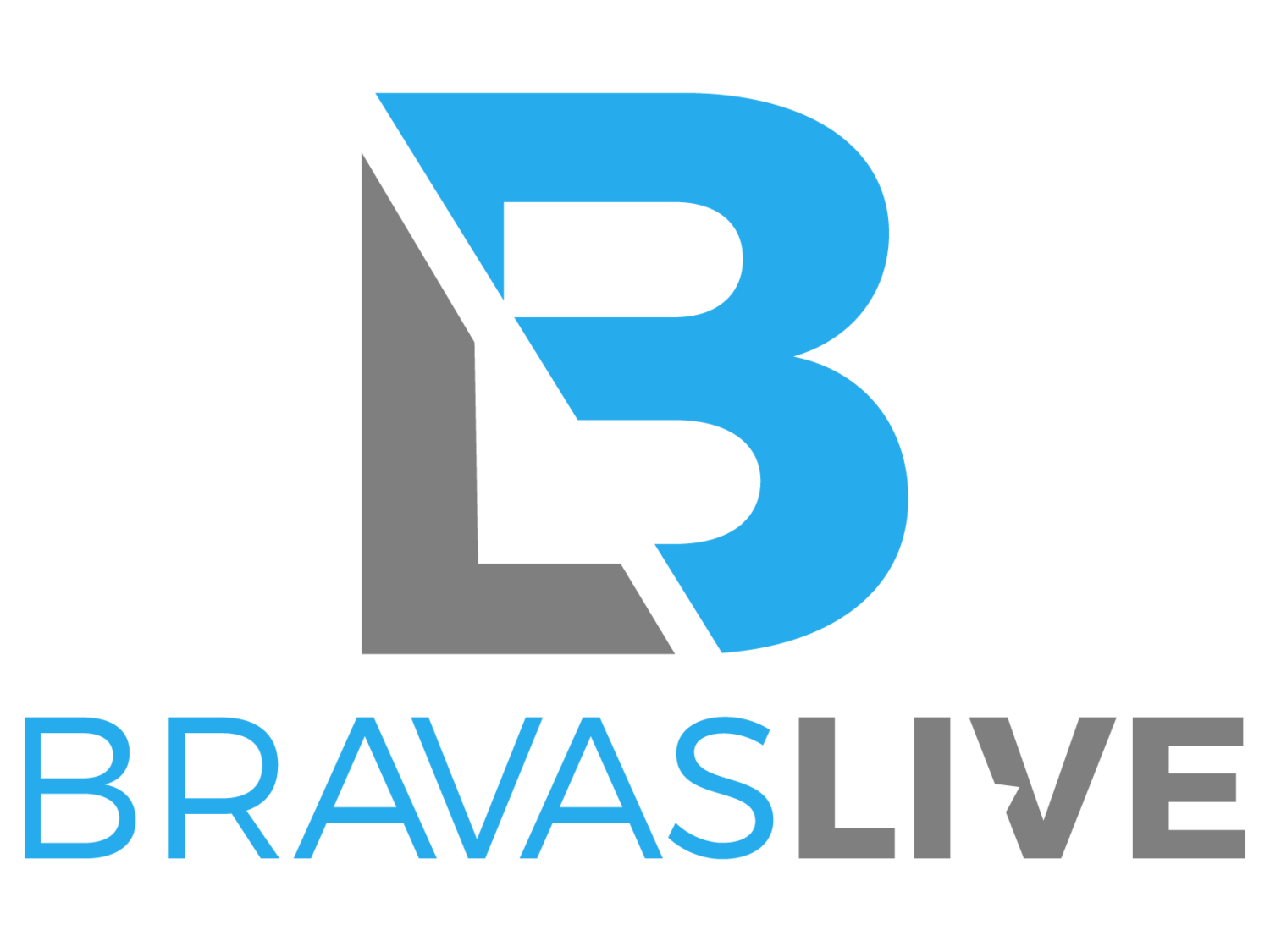“Frankly, your complexity should not be our problem, so we want you to make that complexity invisible.” - Marc Pritchard, Procter & Gamble Blog Post by Tyler Pierson, Director of Business Development To produce advertising and marketing creative, agencies typically take digital assets and merge them with content that is to be marketed, while adhering to the brand rules, in order to produce advertising and marketing creative. This process takes days and costs hundreds of dollars for each piece that is created. Every year, brands spend over eight hundred billion dollars turning digital assets into final creative. Over the last 10 years the number of agencies that a typical brand retains has increased four-fold to cater for this increased complexity. As the advertising and marketing ecosystem has evolved, brands are realizing that they need to produce twenty- to- fifty times the number of pieces for all of the cross-channel advertising and marketing that is required. CONTENT FOR EVERYONE With Dynamic Assets, brands can deploy a single piece of content across all channels and meet the challenge of complexity and maintaining consistency across their organization. Agencies can leverage the power of Dynamic Assets to better serve their clients and improve their own margins in the process. Everybody wins. The opportunity to define brand rules and compliance while multiplying outputs exposes the real magic of Dynamic Assets: driven by content, the Dynamic Assets utilize the digital assets within the brand rules to automatically produce legally compliant creative, at scale. Massive increases in production volumes to meet today’s requirements, at a fraction of the cost, and without the tedious turnaround time. AND IT’S SIMPLE Similar to how Adobe created the standard for print, the PDF, the industry standard is rapidly Dynamic Assets; there are four requirements: It has to be driven by Content. Content has to change components of the Dynamic Asset. “Ubiquity”, in the sense that it needs to conform to current industry file formats, ensuring that it will work across all platforms, and with all tools and applications that Agencies, Brands and Studios utilize. These Dynamic Assets have to be resizable, as we transition from mobile to tablet to desktop to print to TV to YouTube to Facebook video, resizing is a vital component. And finally, they have to be “channel agnostic”. The same content, within the brand constraints, must appear and be able to be rendered for every channel: as a Facebook video, a TV commercial, a printed piece, a flyer, a window-cling ceiling-dangler, an image post. Unlimited. Ok. If it were this simple, everybody would be doing it. The companies that are using Dynamic Assets are seeing improvements of 700% - 1000% in their volume of outputs. That’s no typo. Because of their inherent qualities of ubiquity and content agnosticism, Dynamic Assets can be repurposed endlessly to all media, creating an unbelievable value prop for brands and agencies who require constant re-versioning of content. As the demand for volumes of content continues to grow, and Dynamic Assets are the clear, simple choice for meeting that demand.

